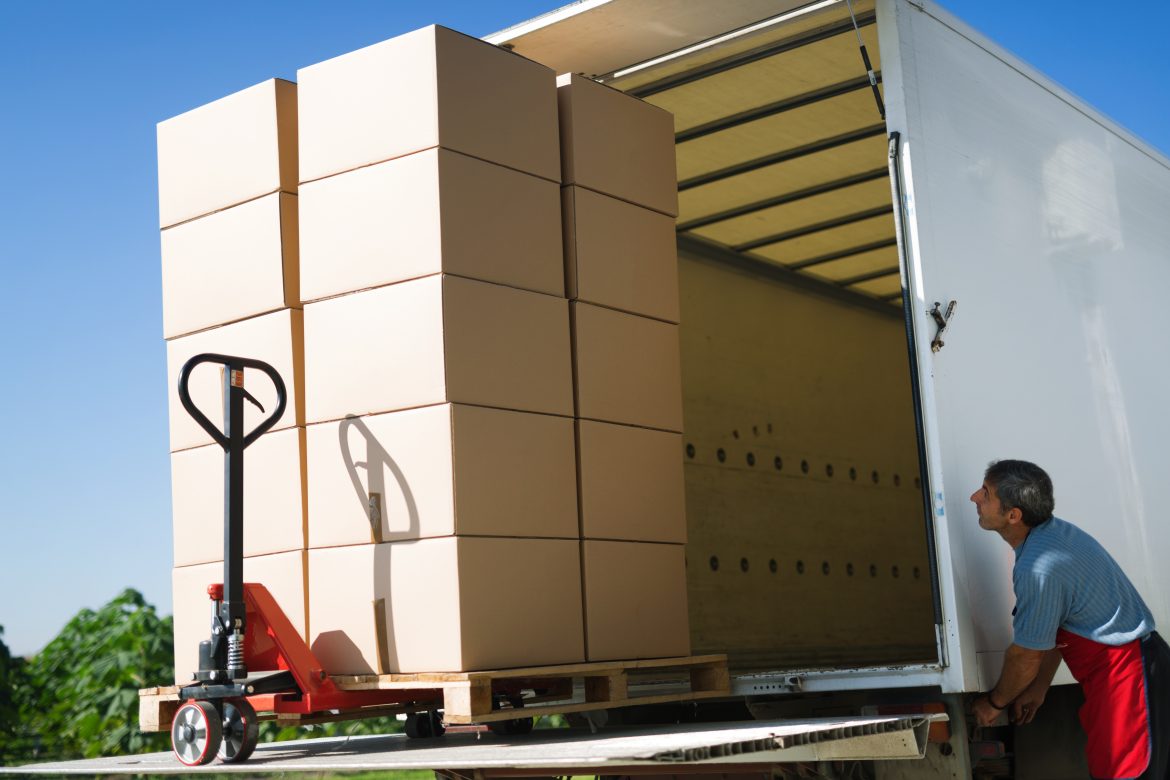The global delivery service network has become an integral part of our modern lives, enabling the seamless transportation of goods from producers to consumers.
At the heart of this network are Heavy Goods Vehicles (HGVs), also known as trucks or lorries, which play a crucial role in ensuring that deliveries are made efficiently and on time. Understanding the reliance on HGVs in the delivery service industry is vital, as it sheds light on the challenges, limitations, and innovations associated with this mode of transportation.
The Importance of HGVs in Delivery Services
HGVs are the workhorses of the delivery service industry, responsible for transporting goods across vast distances and delivering them to their intended destinations. Their large capacity allows them to carry significant loads, making them suitable for transporting a wide range of products, from perishable goods to heavy machinery. Moreover, these vehicles boast an impressive range, enabling the transport of goods across cities, regions, and even countries. This versatility and efficiency make HGVs an indispensable asset in meeting the demands of the delivery service industry. This is why many people want to become drivers, and with a right HGV training course anyone can become one.
Global Impact of HGV Reliance
The reliance on HGVs in delivery services extends beyond national borders, with their impact felt on a global scale. These trucks facilitate the transportation of goods across continents, enabling the international trade of products that reach consumers in every corner of the world. This interconnectedness has revolutionized the way businesses operate, allowing them to tap into new markets and expand their reach. Without HGVs, the global delivery service network would struggle to maintain its efficiency and scope, hindering economic growth and international trade.
Challenges and Limitations of HGVs in Delivery Services
Despite their essential role, HGVs face several challenges in the delivery service industry. Traffic congestion, especially in urban areas, can lead to delays and inefficiencies in delivery routes, impacting customer satisfaction. Additionally, the environmental impact of HGVs cannot be ignored, as they contribute to carbon emissions and air pollution. Furthermore, the size and weight of this monster impose limitations on road infrastructure, making it necessary to address these issues for a more sustainable and efficient delivery service network.
Innovations and Advancements in HGV Technology
To overcome the challenges and limitations associated with HGV reliance, significant advancements in HGV technology have emerged. One notable innovation is the development of electric HGVs, which offer reduced emissions and a quieter operation. Autonomous kinds are also on the horizon, promising increased safety and efficiency. Furthermore, route optimization software and improved fuel efficiency are driving the industry towards greener and more sustainable practices. These technological advancements hold great promise in revolutionizing the delivery service network.
Sustainable Solutions for HGV Reliance
Recognizing the environmental impact of HGVs, the delivery service industry is actively seeking sustainable solutions. Alternative fuels, such as biodiesel and hydrogen, are being explored to reduce carbon emissions. Additionally, carbon offset programs are gaining popularity, allowing companies to balance their carbon footprint by investing in environmental projects. Another area of focus is last-mile delivery optimization, which aims to minimize the distance traveled and maximize efficiency. By implementing these sustainable initiatives, the industry can mitigate the environmental impact of its reliance.


